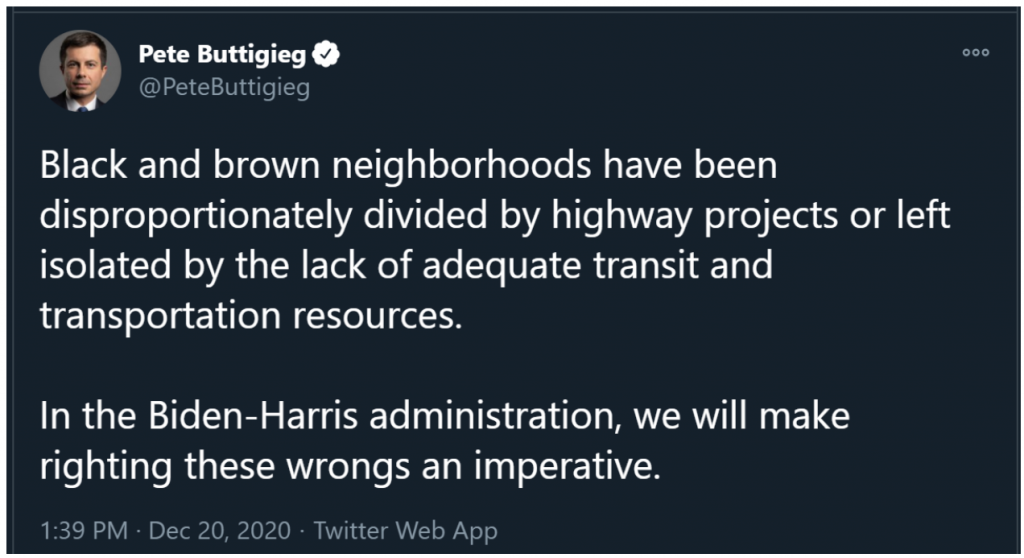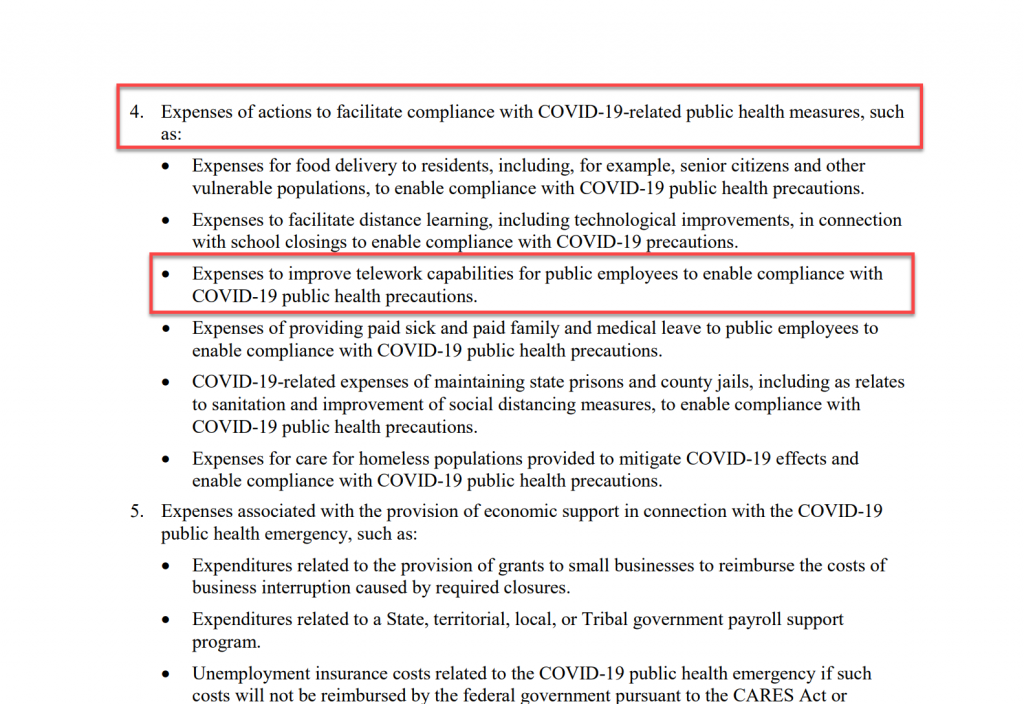1. Cost
Pay close attention to upfront and ongoing costs for each option, typically, custom solutions will have deceptively low ongoing costs with huge upfront costs that hide the inevitable, massive rebuild cost when the technology becomes obsolete (think of a new car that devalues as soon as it leaves the lot). This is because the low ongoing cost will only cover the basics to maintain the system, not keep it up-to-date with new product features and technology updates. Enter SaaS, typically lower upfront costs but higher ongoing costs for precisely the reason above – constant updates so large fees due to obsolescence never occur and the system continuously improves.
2. Speed
Custom solutions are exactly that, custom – meaning it takes additional time to gather requirements and build from scratch. SaaS solutions typically have out-of-the-box platforms that can be spun-up very quickly while allowing for configurations that would adapt the platform to the client’s specific needs. Within agencies today, as various point solutions are adopted for different functional needs – the idea of interoperable data becomes even more important.
3. Flexibility
Custom solutions due to initial customization and pricing structure are generally set in stone after they are launched barring minor changes here and there, material modifications are both difficult and costly, SaaS solutions on the other hand, are highly adaptable and generally straightforward to modify by nature of the continuous product and technology updates.
While it may seem obvious that we feel this way, think on these three points and check out our SaaS solution: ProjectTracker in the meantime if you like, no pressure! Stay tuned for part 2.






